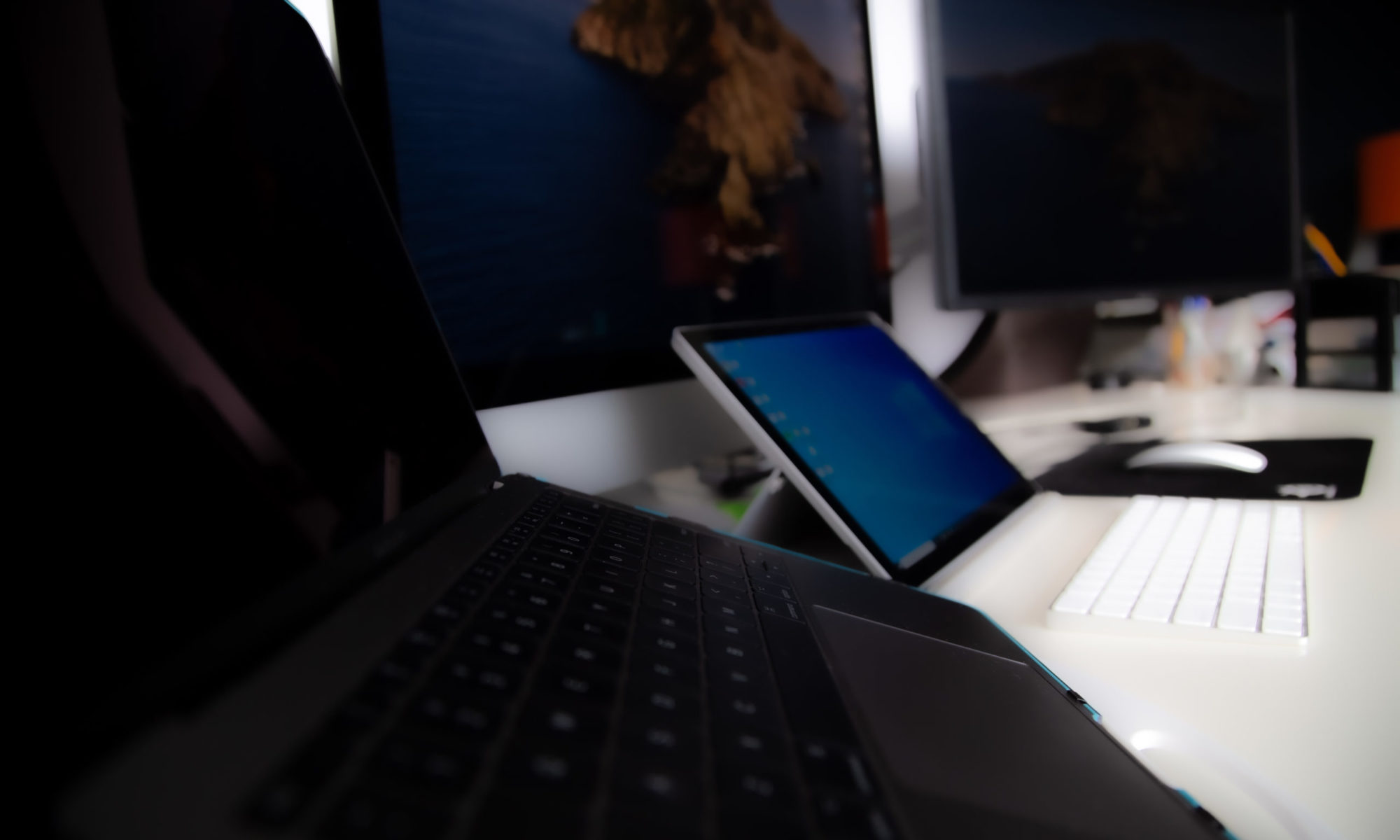For the Fall semester of 2011, I have had the privilege of acting as a parent volunteer at the Robots2Doss program at Doss Elementary here in Austin. It is an after-school club led by employees of National Instruments, the makers of LabView, the software used to control LEGO Mindstorms robots and many other autonomous computer systems. The group consisted of a dozen or so budding scientists, my ward being one of only two girls in the class. Robots2Doss is the first step for aspiring roboticists, with more involved competition-based clubs available for students in junior high and beyond.
At the elementary level, students are introduced to the Lego Mindstorms system through fun and educational exercises to familiarize them with the steps of Mindstorms expirementation: Design, building, and programming. The core of the LEGO Mindstorms system is the NXT block, a microcomputer fueled by a relatively simple Arduino processor that interprets the inputs from the NXT-G design program and controls sensors and servo motors to operate the robot. The introductory exercises all followed clear and direct set of instructions to keep things straightforward. We built a number of increasingly complex contraptions and programmed them (without much instruction) to perform the tasks we desired, such as detecting walls with touch sensors and distances with ultrasonic sensors. Later on in the semester, students had the opportunity to create their own inventions for a robot race, with varying levels of success.
One day I arrived at school, and the lead instructor informed me there and then that he had a family emergency and needed me to run the class! He had made up an outline of what I was supposed to discuss, but it was up to me to fill an hour of the club’s time with interesting stories about robotics and examples of real-world applications. The creativity displayed by the gifted students was impressive, and I see a definite future in the field for some of them. It was an unexpected treat for me to be directly involved in any capacity, and I look forward to seeing how their skills develop after these first steps.

